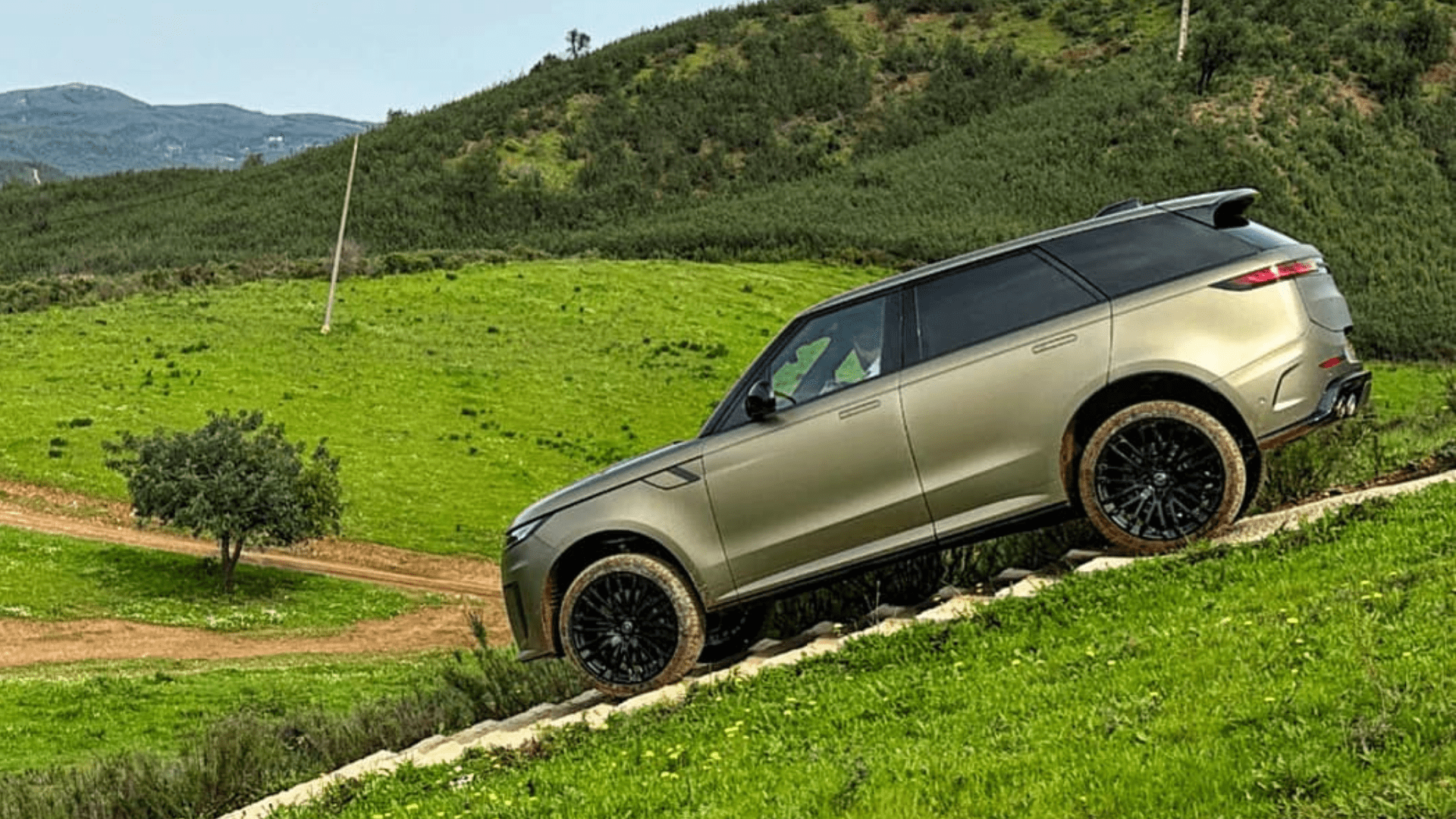

At some point in your life, you may have experienced a movie in 4D. The images come at you in three dimensions, your chair shakes and lifts, and light snow or rain mists your face. Now, you can have something a lot like that in your car if you buy a 2024 Range Rover Sport SV Edition One.
The latest and greatest Range Rover offers 4D immersion with its Body and Soul seats (its cheeky acoustics-related acronym is BASS). Developed in tandem with a Canadian company called Subpac that specializes in “tactile audio systems,” the seats pulse in time with the music. It’s a step above what you’ll find in, say, a Bentley Bentayga with subwoofers in its seats.
Before I tried it myself, I wondered: is it just a party trick? Range Rover Vehicle Engineering Director Matt Becker explained to me why it’s not.

First of all, there’s more to it than hard-hitting speakers pounding the beat into your brain. Land Rover integrated a series of transducers—devices that convert energy from one form to another into the back of the front seats—for an effect that pulses your body. The automaker says the seats enhance mental and physiological health by influencing heart rate variability, or the variation in time between each heartbeat. Even Harvard Medical School says people who have a high HRV may have greater cardiovascular fitness and resilience to stress, so Land Rover may be onto something here.
“Body and Soul seats adds a level of detail and dimension to the drive,” Becker says.
Becker tells me he was also curious if the BASS setup was just a gimmick. Then he drove one. The biggest difference, he says, is that on a longer drive, the pulses improve driver fatigue dramatically.

Program Group Lead Duncan Smith explains that even when you turn the volume way down, you still feel the detail of the music through the transducers.
“It’s an alien concept,” Smith says. “We found early on that if you do a presentation about it, you get quizzical looks. Because it’s so novel, it’s one of those things that until you try it, you probably don’t get it.”
If you turn up the bass too much, it bloats the music and mutes the integrity of the song, Smith explains. The BASS system is designed to envelop the listener. In a demonstration, jazz songs didn’t do it for me; it didn’t enhance my experience. Ariana Grande’s “Thank You, Next” didn’t give me a sense of the system, either.

The beats of UK artist Djrum started imbuing my body with energy. But it was when Smith cranked up Rammstein’s “Du Hast” that it all snapped into place for me. I felt the detail of the hard rock song through my skin and into my bones, as crazy as that sounds. When I turned off the BASS, it felt like something was missing. The acoustics returned to straight sound.
It’s not for everyone, Smith admits. The seats can be adjusted from level one (light, subtle pulses) to level five (heavy reverberations) and I preferred it somewhere in the middle. Those with motion sickness may or may not enjoy the experience, but Smith says he is prone to queasy feelings when driving himself, and this doesn’t affect him.
Beyond the novelty of it, it fits nicely into the Range Rover lineup. Matched up with the 29-speaker, 1,430-watt high-end Meridian audio system, the entire system is impressive.
Got a tip? Send it in to: tips@thedrive.com